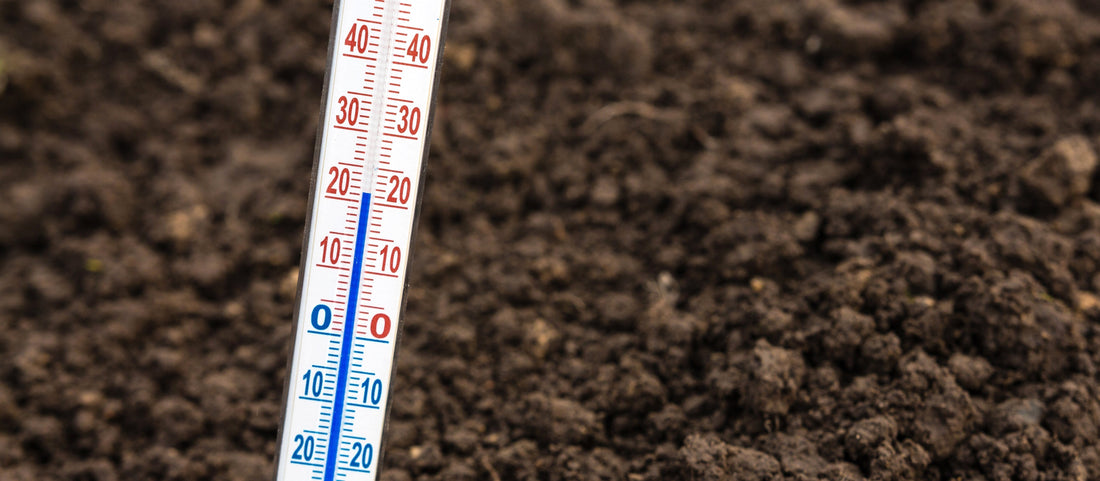
The optimal saffron growing temperature
Share
Saffron isn’t just about delicate threads and luxurious aroma—it’s about perfecting the growing conditions. Whether you're an aspiring saffron farmer or a home gardener with dreams of golden blooms, understanding the optimal temperature for Crocus sativus is crucial.
Ideal temperature range for saffron growth
Saffron thrives best in temperatures between 15°C to 20°C (59°F to 68°F). Staying within this range ensures:
- Healthy growth
- Optimal flowering
- Stronger bulbs for the next season
However, saffron is sensitive to extreme weather conditions. High temperatures above 30°C (86°F) can cause heat stress, while frost below -5°C (23°F) can damage the bulbs.
The impact of temperature stress on saffron
Symptoms of Heat Stress:
- Wilting leaves
- Fewer and smaller flowers
- Increased bulb dehydration
Symptoms of cold stress:
- Yellowing leaves
- Stunted growth
- Bulb rot due to excessive moisture retention
How temperature stress affects yield:
If saffron is exposed to extreme temperatures for extended periods, it could delay flowering by up to 32 days, significantly reducing yield and quality. Studies suggest that an increase of just 2°C in summer and autumn can lead to lower flowering rates.
Where does saffron grow best?
Saffron flourishes in Mediterranean-like climates, where summers are dry and hot, and winters are mild. Ideal growing conditions include:
- Altitude: 2000 to 2300 meters above sea level
- Soil Type: Well-drained sandy loam with a pH of 7-8
- Rainfall: Minimal during summer dormancy to prevent bulb rot
Can you grow saffron at home?
Absolutely! Saffron can be grown in pots or garden beds as long as the soil drains well and the temperature remains within its comfort zone. For cold regions, planting saffron in raised beds or using mulch can help regulate soil temperature.
Protecting saffron from temperature extremes
Tips for heat protection:
- Use shade cloths during heat waves to reduce temperature stress.
- Apply mulch to regulate soil temperature and retain moisture.
- Water deeply but infrequently to avoid heat-induced dehydration.
Tips for cold protection:
- Plant in raised beds to prevent waterlogging and bulb rot.
- Cover plants with frost blankets in freezing temperatures.
- Avoid excessive watering before an expected frost.
Mastering saffron cultivation for a higher yield
If you want to grow saffron successfully, focus on:
- Choosing the right location – Mediterranean climates are ideal.
- Monitoring soil moisture – Avoid overwatering.
- Regulating temperature stress – Use mulch, shade, and cover as needed.
- Timing your planting – Plant bulbs in late summer to early autumn.
- Harvesting at the right time – Pick saffron flowers in the early morning for the best quality.
By optimizing temperature conditions, you can ensure a vibrant saffron harvest year after year! Ready to turn your garden into a saffron goldmine? Start by monitoring those temperatures and providing your plants with the best growing conditions.
